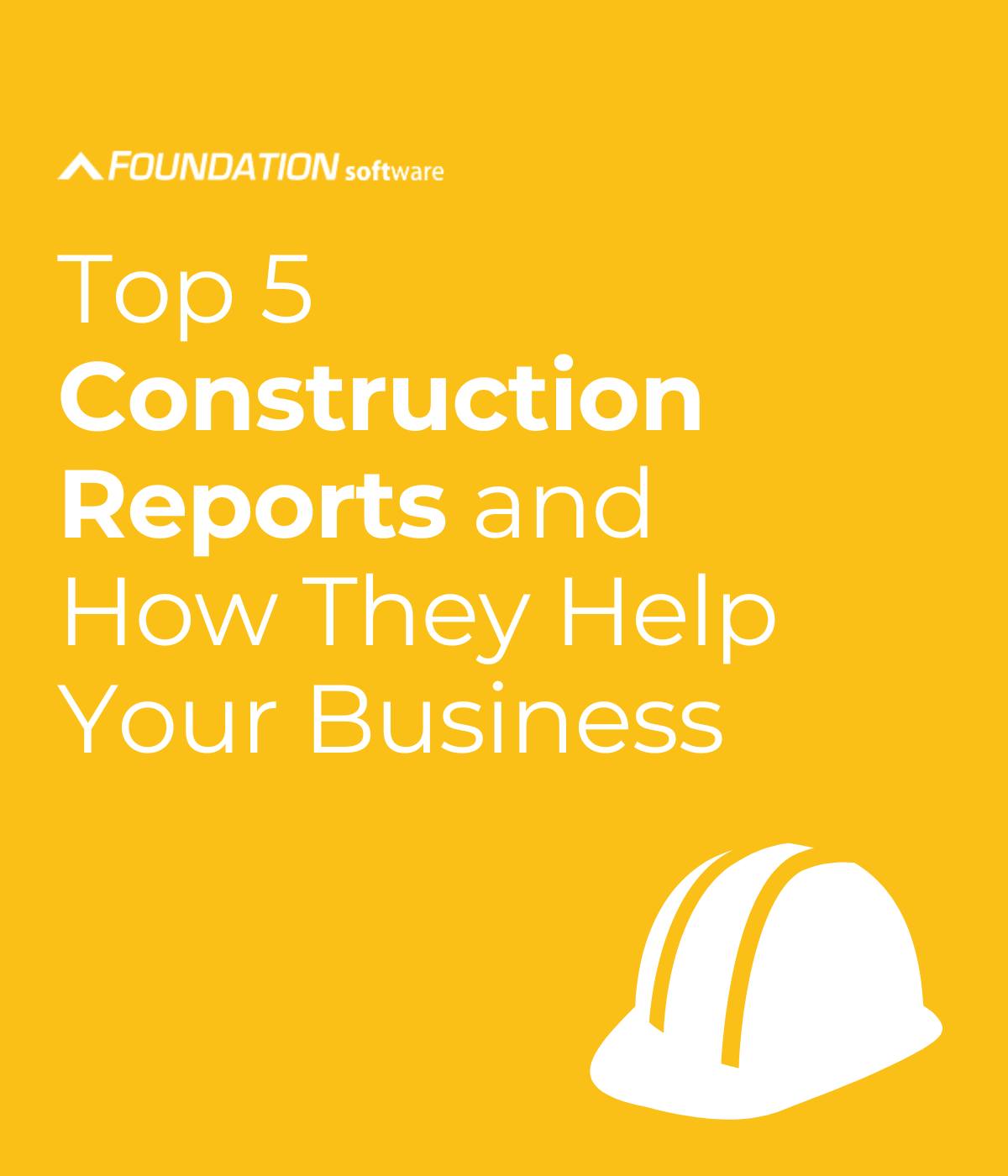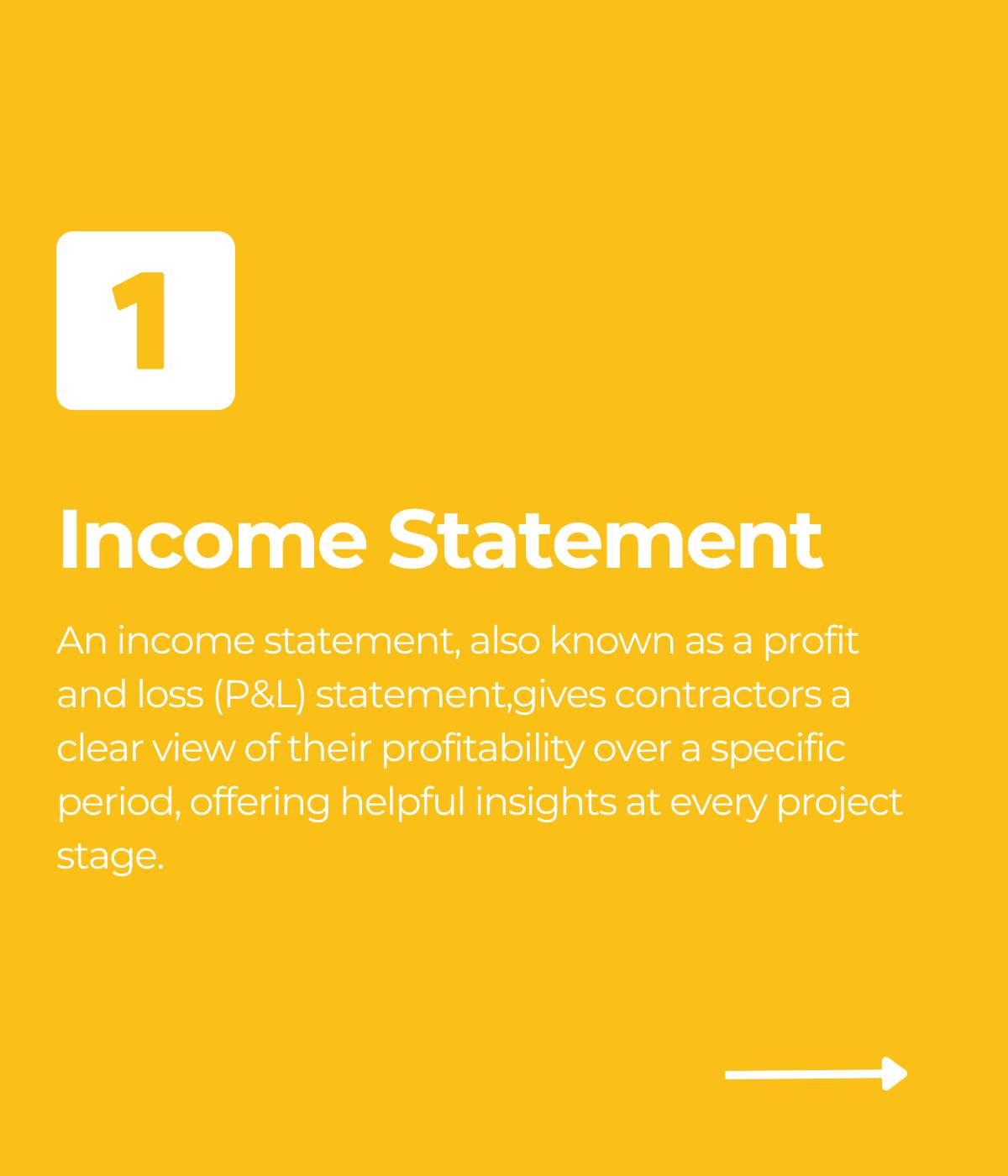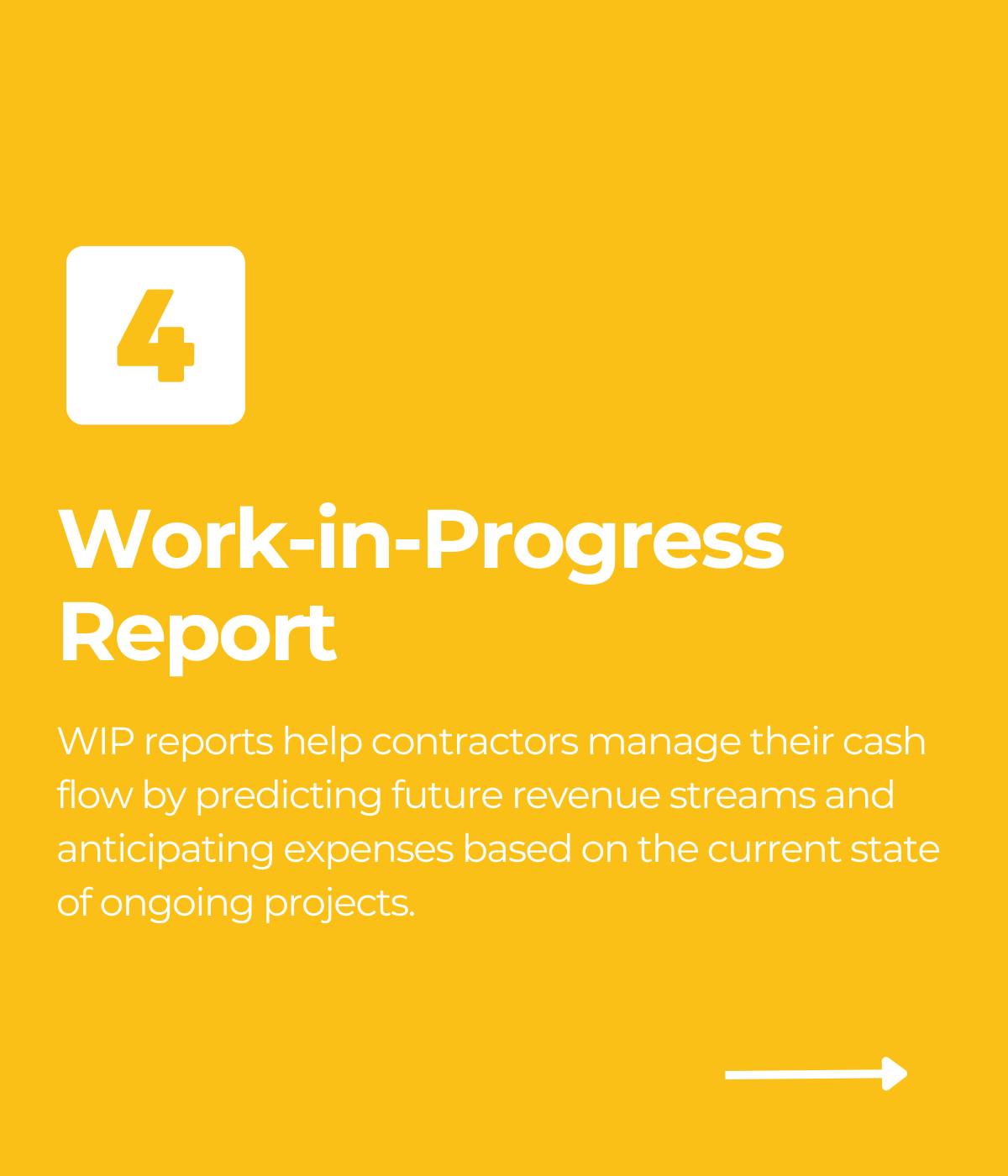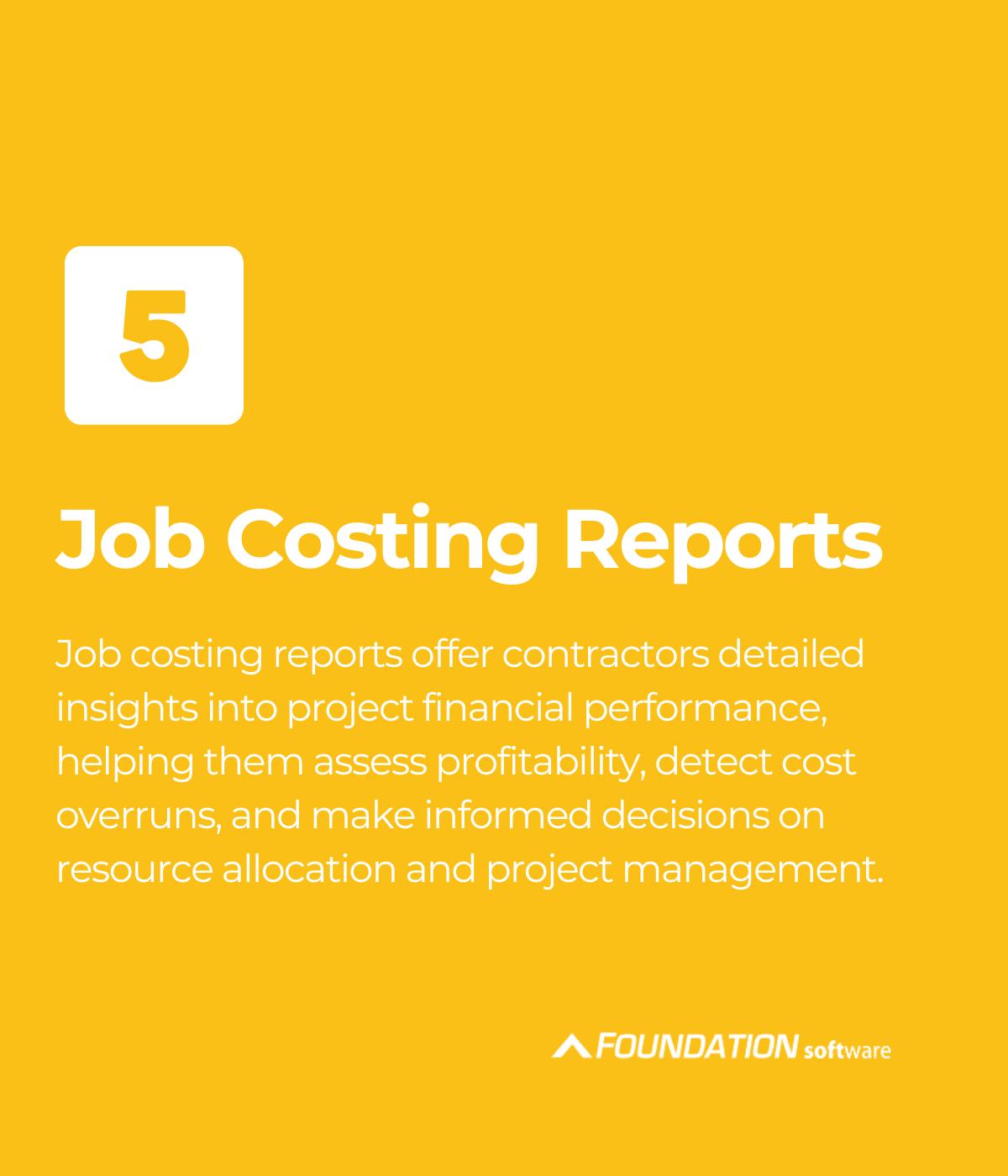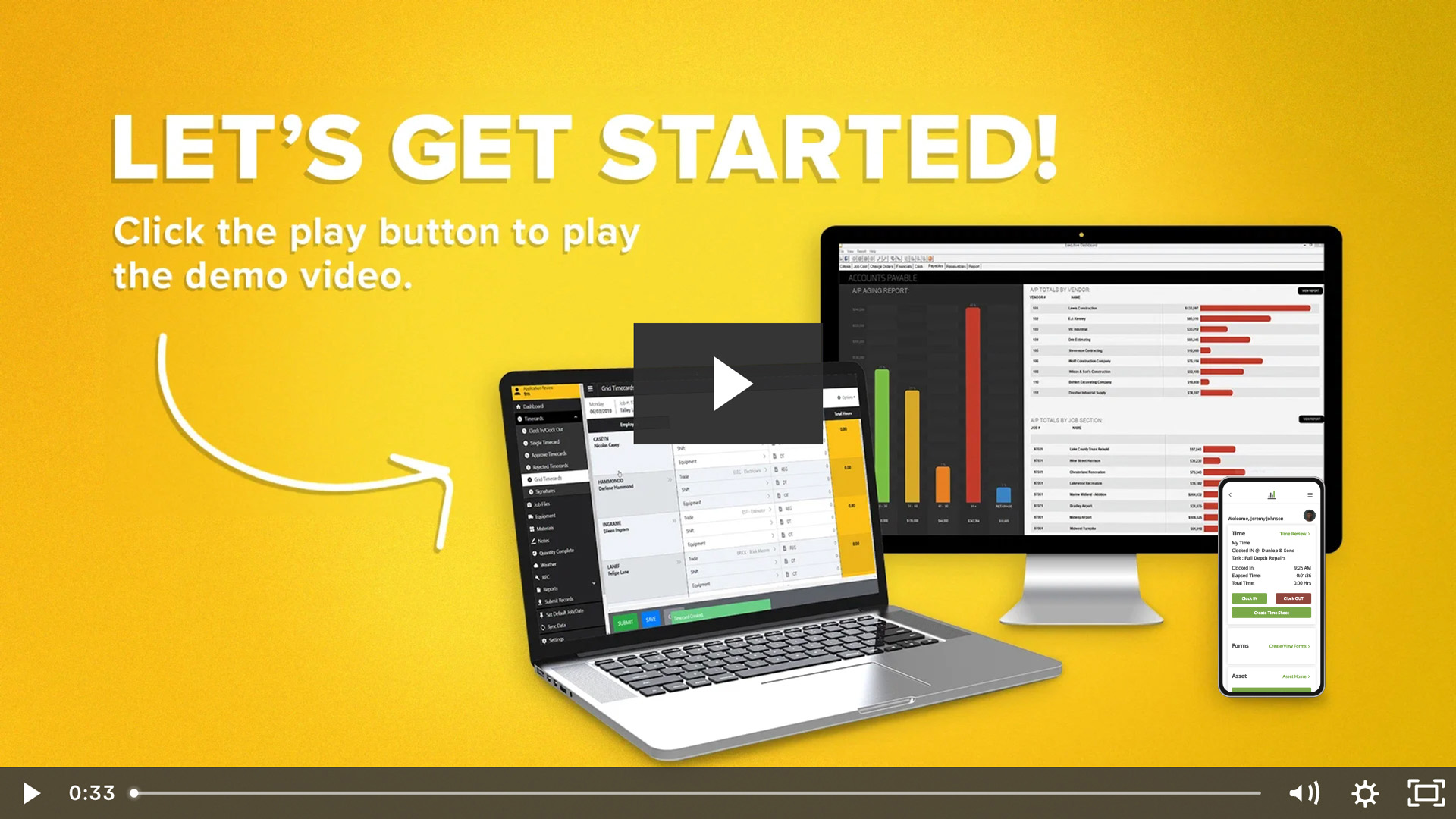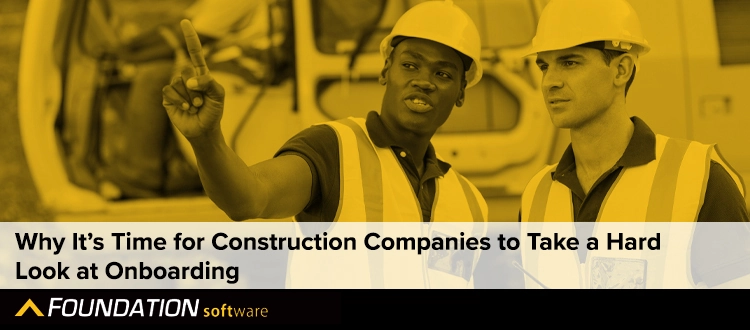

Guest Contributor: Bryan May, Arcoro
The shortage of skilled workers in construction is something the industry has been dealing with for years and employers can expect more of the same labor shortage headache ahead.
According to the Associated General Contractors of America’s (AGC) 2024 Workforce Survey, the construction industry is experiencing acute labor shortages. The survey found that 94% of construction firms reported having open positions they are trying to fill, and among those, 94% are having difficulty filling at least some craft positions-the skilled trades that perform the majority of onsite construction work.
To keep up with projected demand, it’s estimated the industry will need to hire a million people in the next two years. Competition for both seasoned professionals and entry-level workers will be intense.
Getting people in the door is half the battle, keeping them is the other. These days, both skilled and entry-level workers have options, so it’s important to make a positive initial impression. This includes both the pre-hire experience along with how you get new talent ramped up and ready to roll.
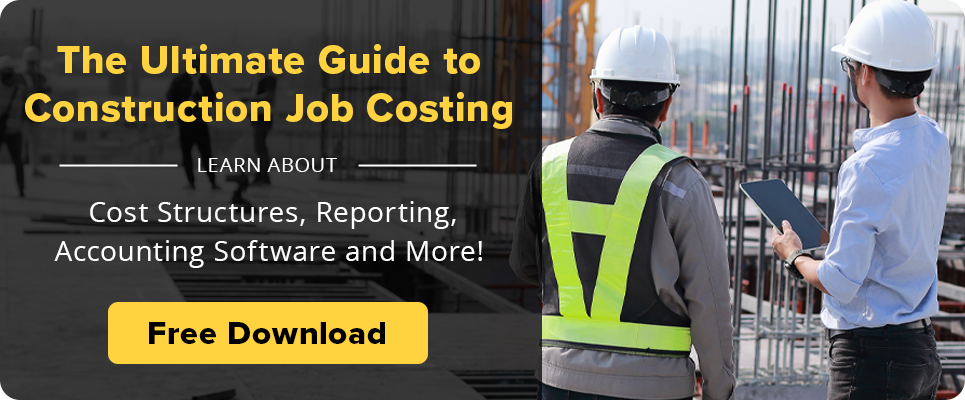
The first weeks and months of a new job are the most promising and precarious. How you manage the transition is critical to employees’ short-term success and long-term prospects with your organization. Onboarding can create a foundation of engagement, trust and knowledge or — if done poorly — can leave a new recruit without the tools to be productive.
One earmark of poor onboarding is whether it’s labor-intensive for existing staff. Some companies rely on managers and supervisors in the field to orient new employees. While these people are key to the strategic parts of onboarding—like explaining safety protocols and work policies—their time is not well spent collecting paperwork. Whether you bring on a lot of employees at once to staff a project, or one or two at a time, an onboarding process that’s repeatable and can scale for each cohort of hires is the most efficient.
Seize the day
Strong onboarding can increase productivity and retention, but unfortunately, it generally falls short.
Just 12% of employees say their company delivered a great onboarding experience and 9% have actually left a job because of poor onboarding. In this labor market, you can’t afford to lose even one hard-won employee because they didn’t have a good start with your company.
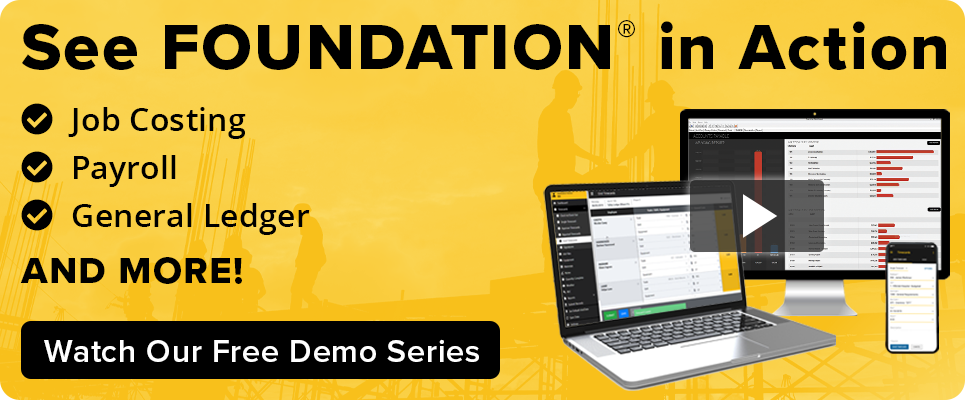
Create a better experience
To ensure your onboarding is meeting your workforce management goals, consider doing the following:
- Audit your current onboarding process to identify areas for improvement. Consider how you’re using technology including the level of employee self-service available, especially if you’re onboarding in the field.
- Survey new employees about their onboarding experience. Ask specifically what went well and where the experience could be better.
- Determine what employees really need to know to perform. In addition to relevant training, are they getting solid exposure to a positive company culture?
- Look at who’s delivering onboarding. Are you taking supervisors away from their regular work to do administrative tasks? Does the HR function spend a significant time onboarding new employees?
Onboarding is important but shouldn’t be burdensome. This is especially true in construction where companies need to work smarter to leverage the staff they have. Appropriate technology can help you deliver a positive new-hire experience while minimizing the time your key staff has to devote to getting people up and running.
Share Article
Keep on current news in the construction industry. Subscribe to free eNews!
Our Top 3 YouTube Videos
Learn about our software more in depth with product overviews, demos, and much more!

Our ACA reporting & e-filing services include official 1094-C and 1095-C IRS reporting, optional e-filing (no applying for a TCC code required), mailing to your employees and experienced support to help you.

There are plenty of reasons to make FOUNDATION your choice for job cost accounting and construction management software — just ask our clients!

From job cost accounting software, to construction-specific payroll. Get an overview on your next all-in-one back-office solution.


